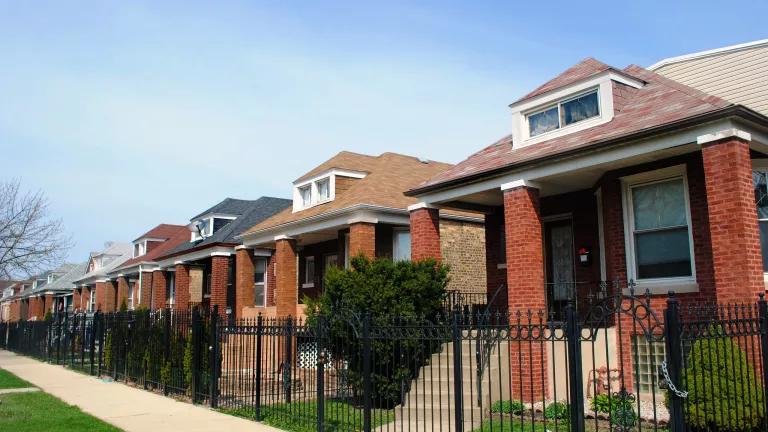Flipping the Switch: How the Transition to Efficient All-Electric Buildings Will Help the United States Meet Its Climate Goals

Keith Baker
Buildings—from single-family homes to office high-rises—are fossil fuel guzzlers that emit massive amounts of carbon and air pollutants. Scientists agree that if we do not act quickly to phase down greenhouse gas pollution, we are unlikely to meet our climate goals and avert the worst consequences of the climate crisis. Replacing fossil fuel equipment with highly efficient electric appliances and running them in energy efficient homes with clean, renewable electricity are key and necessary parts of the strategy to fight the climate crisis.
In addition to burning heating oil and propane, buildings are currently responsible for about one-third of all the fossil (aka “natural”) gas consumed in the United States each year. But switching to efficient electric heating systems and appliances powered by pollution-free electricity could cut U.S. carbon emissions by 1 billion tons annually.
This transition, if done in a strategic and equitable way, will not just reduce greenhouse gas pollution, it will improve air quality, reduce long-term energy costs, and offer new ways to create family-sustaining jobs. Flipping the switch to efficient all-electric buildings will not happen overnight. But because buildings and the equipment within them can last for decades, and because we need to plan for a managed and equitable transition for all, we must get to work now.




